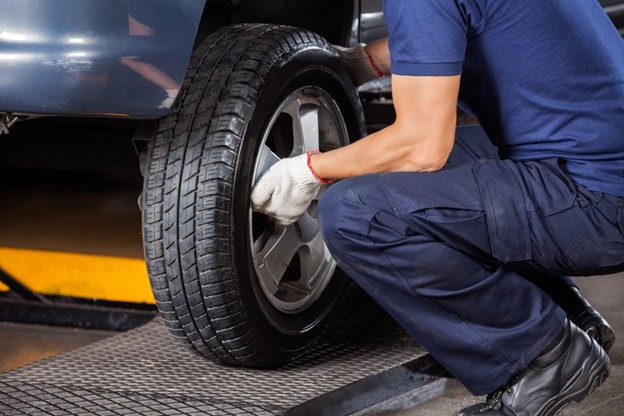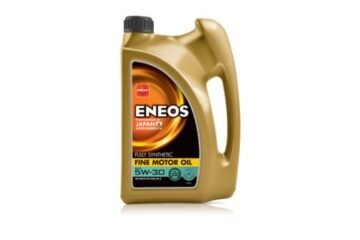If you’re a proud owner of a 2nd hand Polo or any other vehicle, choosing the right tyres is crucial for your driving experience. The road surface, weather conditions, and your driving habits all influence what type of tyre is best suited for your car. Besides improving safety, the right tyres can also enhance fuel efficiency, providing a considerable boost in how to improve car mileage.
Understanding Your Tyre Needs
One of the first steps in deciding which tyres are best for your 2nd hand Polo or any car is understanding where you typically drive. Are you often on smooth city roads, rugged country lanes, or long-distance highways? Each of these driving conditions demands different tyre characteristics.
- City Driving: For urban environments with smooth roads, consider all-season tyres. They offer a balanced performance in various weather conditions and are suitable for the stop-and-go nature of city driving.
- Highway Driving: If you tend to travel long distances on highways, you might want to go for touring tires. These tyres provide comfort and durability, making them ideal for high-speed travel.
- Off-road Driving: For those navigating rough, unpaved roads, all-terrain or off-road tyres can offer the necessary grip and durability.
Weather Conditions
Weather plays a significant role in the types of tyre you should select. Depending on where you live or the season, consider the following options:
- Summer Tyres: Excellent for dry and wet conditions during the warmer months, providing optimal grip and performance.
- Winter Tyres: Specifically designed to handle snow, ice, and freezing temperatures, crucial for maintaining safety and performance in winter.
- All-Season Tyres: These are versatile and perform adequately in various weather conditions, though they might not provide the best performance in extreme summer or winter conditions.
Tyre Size and Fitment
Knowing your car’s tyre size is vital. You can usually find this information in the owner’s manual, on the driver’s door placard, or the sidewall of your existing tyres.
- Width: The first number in the tyre size, indicating how wide the tyre is from sidewall to sidewall.
- Aspect Ratio: This is the height of the tyre’s sidewall as a percentage of the width.
- Diameter: The wheel’s diameter that the tyre fits.
Load Capacity and Speed Rating
- Load Capacity: This number indicates how much weight the tyre can support. It’s essential to choose tyres that can handle your vehicle’s weight, especially if you often carry heavy loads.
- Speed Rating: This letter indicates the maximum speed the tyre can safely maintain. This may not be crucial if you’re driving a 2nd hand Polo primarily for city use but is essential for high-speed highway travel.
How to Improve Car Mileage with the Right Tyres
Choosing the correct tyre can significantly impact your car’s fuel efficiency. Here’s how:
Low Rolling Resistance Tyres
These tyres are designed to reduce the energy loss as the tyre rolls, thereby improving how to improve car mileage. They may cost more upfront, but the savings on fuel can be substantial over time.
Proper Tyre Inflation
Maintaining correct tyre pressure is one of the easiest and most effective ways to improve fuel efficiency. Under-inflated tyres create more rolling resistance, forcing the engine to work harder and consume more fuel.
- Regular Checks: Check tyre pressure at least once a month and before long trips.
- Manufacturer’s Guide: Always follow the manufacturer’s recommended tyre pressure, found in your car’s user manual or inside the driver’s door.
Tyre Alignment and Rotation
Proper alignment and regular tyre rotation can prolong the life of your tyres and improve fuel efficiency.
- Alignment: Misaligned tyres cause uneven wear, leading to poor fuel efficiency.
- Rotation: Rotating your tyres every 5,000 to 8,000 miles ensures even wear and helps maintain fuel efficiency.
How to Maintain Your Tyres for Longevity
Maintaining your tyres not only ensures your safety but also prolongs their life and optimizes performance.
Regular Inspections
- Tread Depth: Regularly check the tread depth to ensure sufficient grip. The minimum legal tread depth is usually 1.6mm.
- Visual Damage: Look for cracks, bulges, or any visible damage to the tyre.
Rotations and Alignments
- Rotation: Rotating tyres every 5,000 to 8,000 miles can ensure even wear and extend tyre life.
- Alignment: Regular alignments prevent uneven wear and improve handling and fuel efficiency.
Cleaning and Protection
- Regular Cleaning: Dirt, oil, and other debris can degrade tyres over time. Regular cleaning helps maintain their condition.
- UV Protection: Tyre sidewalls can crack due to UV exposure. Using a protectant spray can reduce this risk.
Conclusion
Choosing the right tyre for your 2nd hand Polo or any other vehicle involves understanding various factors such as driving conditions, weather, tyre size, and load capacity. The correct choice not only enhances your vehicle’s performance and safety but also contributes to how to improve car mileage. With the Bajaj Finserv app, you can easily explore financing options for quality tyres, ensuring you can invest in top brands. Regular maintenance, including proper inflation, rotation, and alignment, ensures your tyres last longer and perform optimally. Investing in quality tyres from reputable brands like Michelin, Bridgestone, Continental, Goodyear, and Pirelli can make a world of difference in your driving experience, fuel efficiency, and overall vehicle health. Making an informed decision today means more safety, savings, and satisfaction on the road tomorrow.



